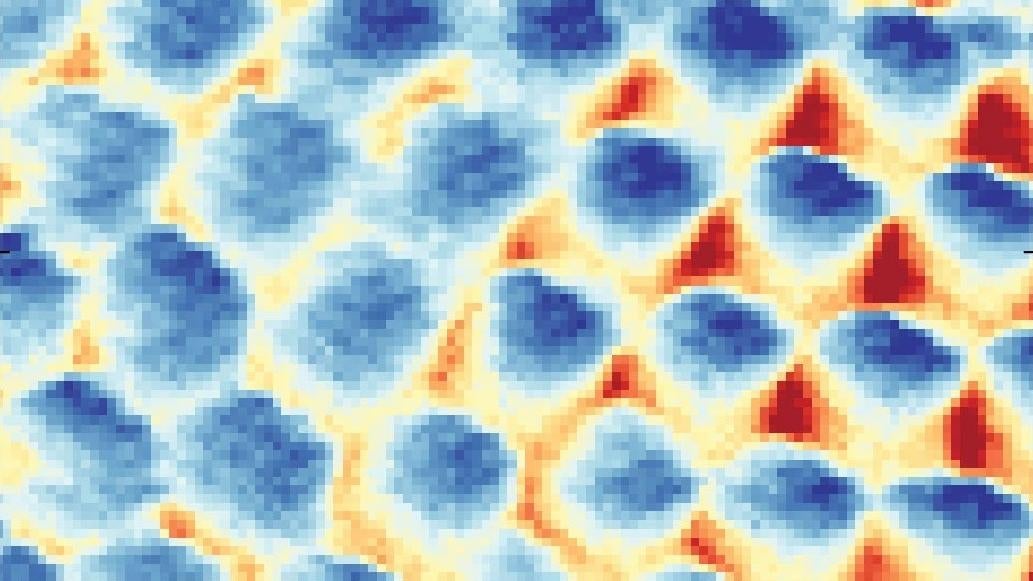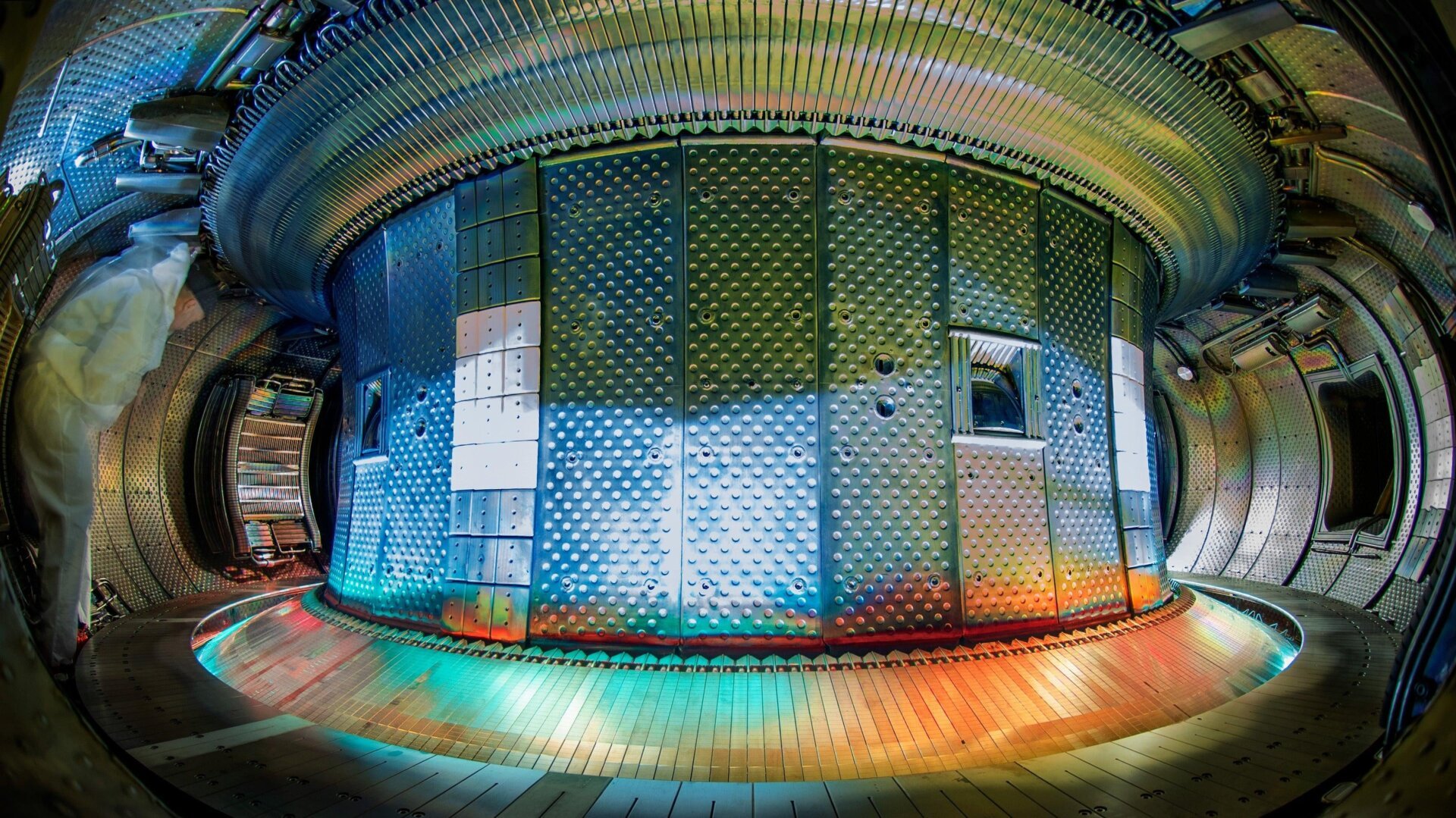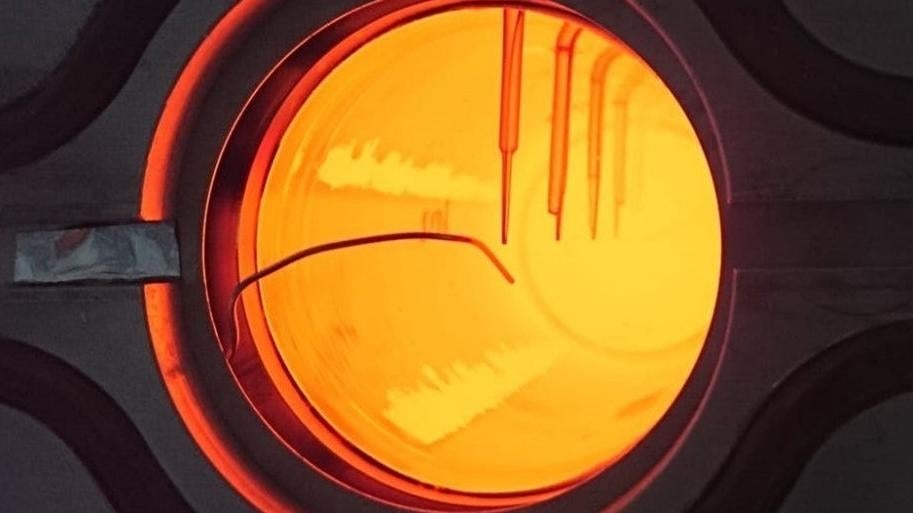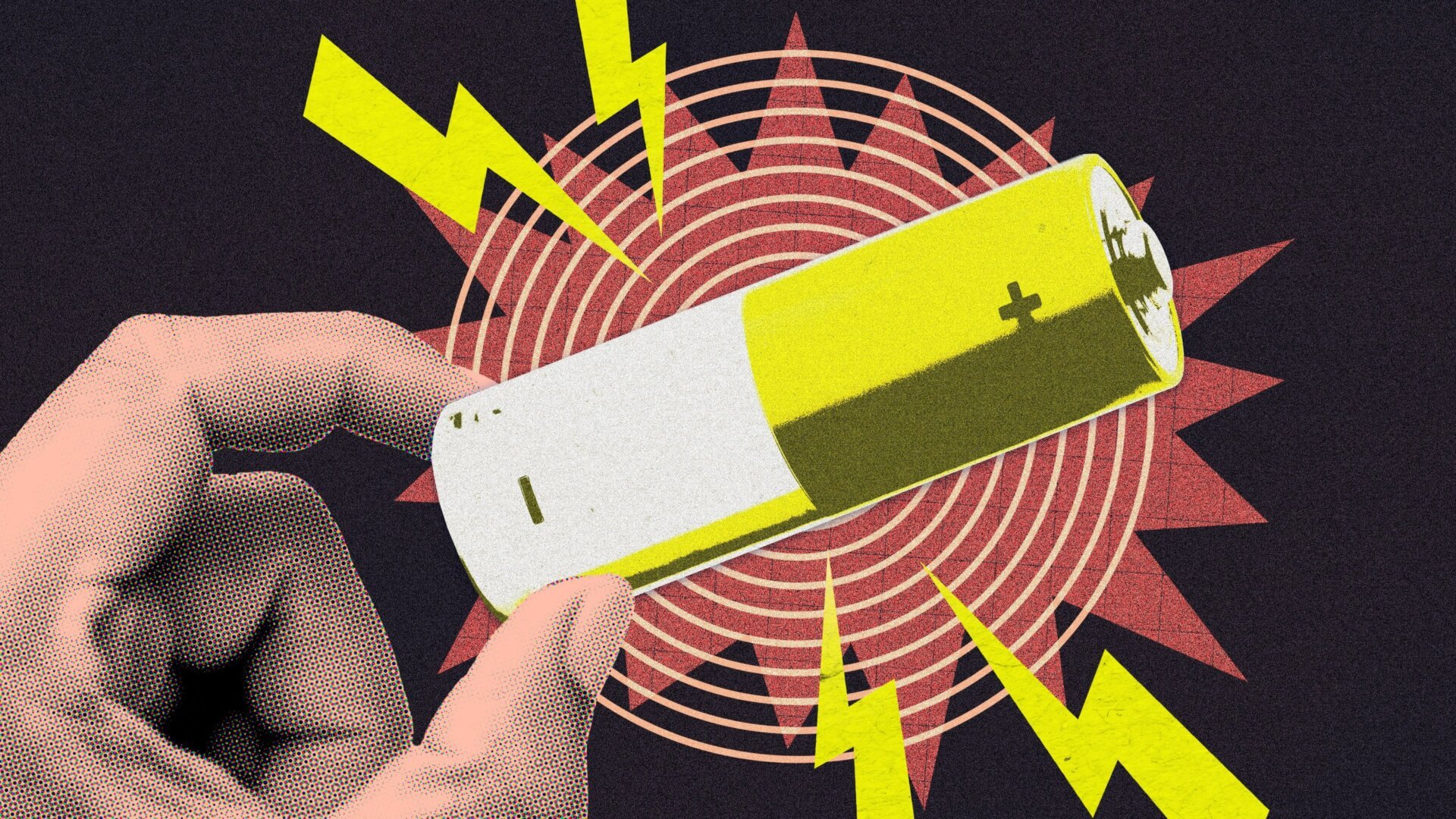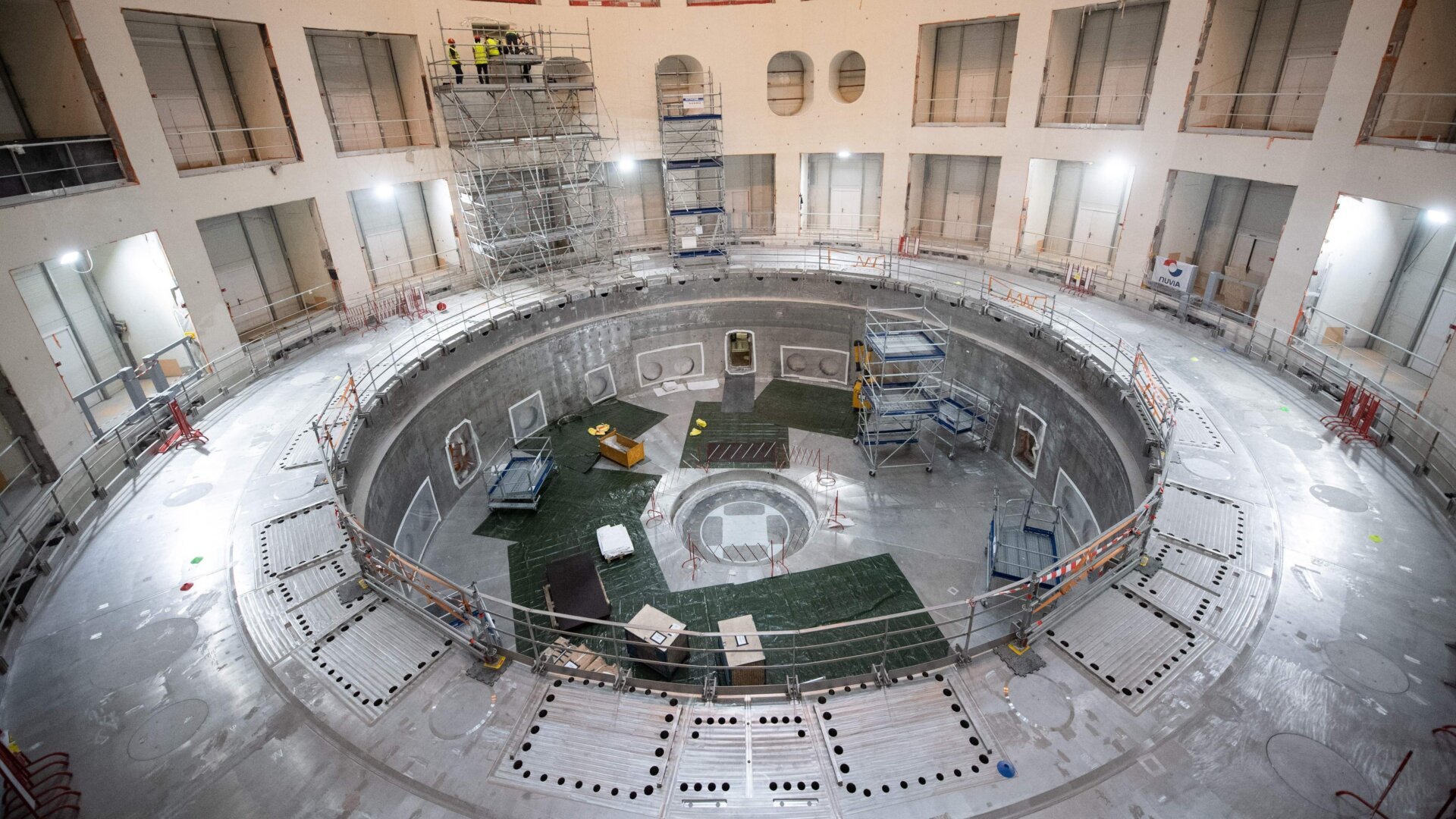Electrons are typically associated with their atoms, but physicists have now directly imaged them in a unique state: a Wigner crystal. This quantum phase, predicted by Eugene Wigner in 1934, involves electrons forming a lattice structure due to strong interactions. The groundbreaking research, published in Nature, used high-resolution scanning tunneling microscopy to capture this elusive phenomenon.
“The Wigner crystal, a fascinating quantum phase of matter, has been the subject of numerous studies with, at best, indirect evidence of its formation,” explained Ali Yazdani, a physicist at Princeton University and the study’s senior author. This latest research provides the first direct visual confirmation.
Electrons naturally repel each other. In the 1970s, Bell Laboratories created an electron crystal by spraying electrons onto helium, observing crystal-like behavior. However, that experiment remained within the classical realm. The recent experiment produced a “true Wigner crystal” because the electrons acted as waves within the lattice, not as individual particles.
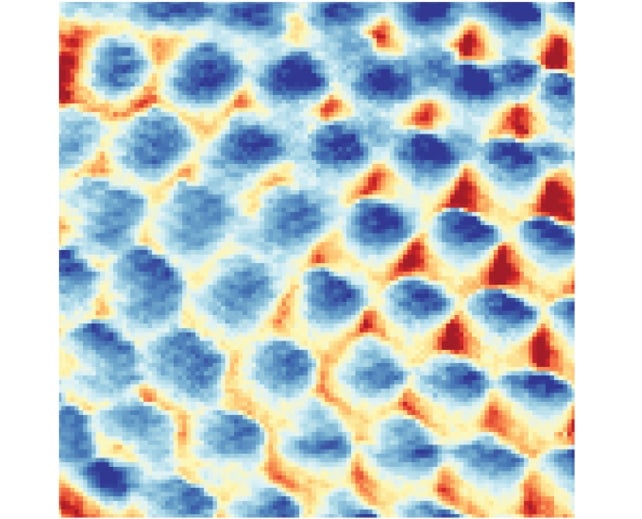 The Wigner crystal lattice.The visualized Wigner crystal lattice. Image: Yen-Chen Tsui and team, Princeton University
The Wigner crystal lattice.The visualized Wigner crystal lattice. Image: Yen-Chen Tsui and team, Princeton University
Wigner theorized that this quantum electron phase arises from their mutual repulsion. This phenomenon requires extremely low temperatures and densities. The research team placed electrons between two meticulously purified graphene sheets, then cooled the samples and applied a perpendicular magnetic field. The highest field strength reached 13.95 Tesla, and the lowest temperature was 210 millikelvin. The magnetic field further restricts electron movement, increasing the likelihood of crystallization.
“Electrons inherently repel each other,” stated Minhao He, a researcher at Princeton University and co-first author of the paper. “They try to push apart, but their finite density prevents infinite separation. This results in a closely packed, regular lattice structure, with each localized electron occupying a specific space.
The researchers were surprised by the Wigner crystal’s stability over a longer range than anticipated. However, at higher densities, the crystalline phase transitioned into an electron liquid. The team’s next goal is to visualize how the Wigner crystal transforms into other electron phases under a magnetic field.
This research coincides with a period of intense investigation into exotic materials, from the second sound of heat to long-lasting time crystals. By probing matter at its extremes, physicists gain a deeper understanding of the universe’s fundamental components and the laws governing them.



